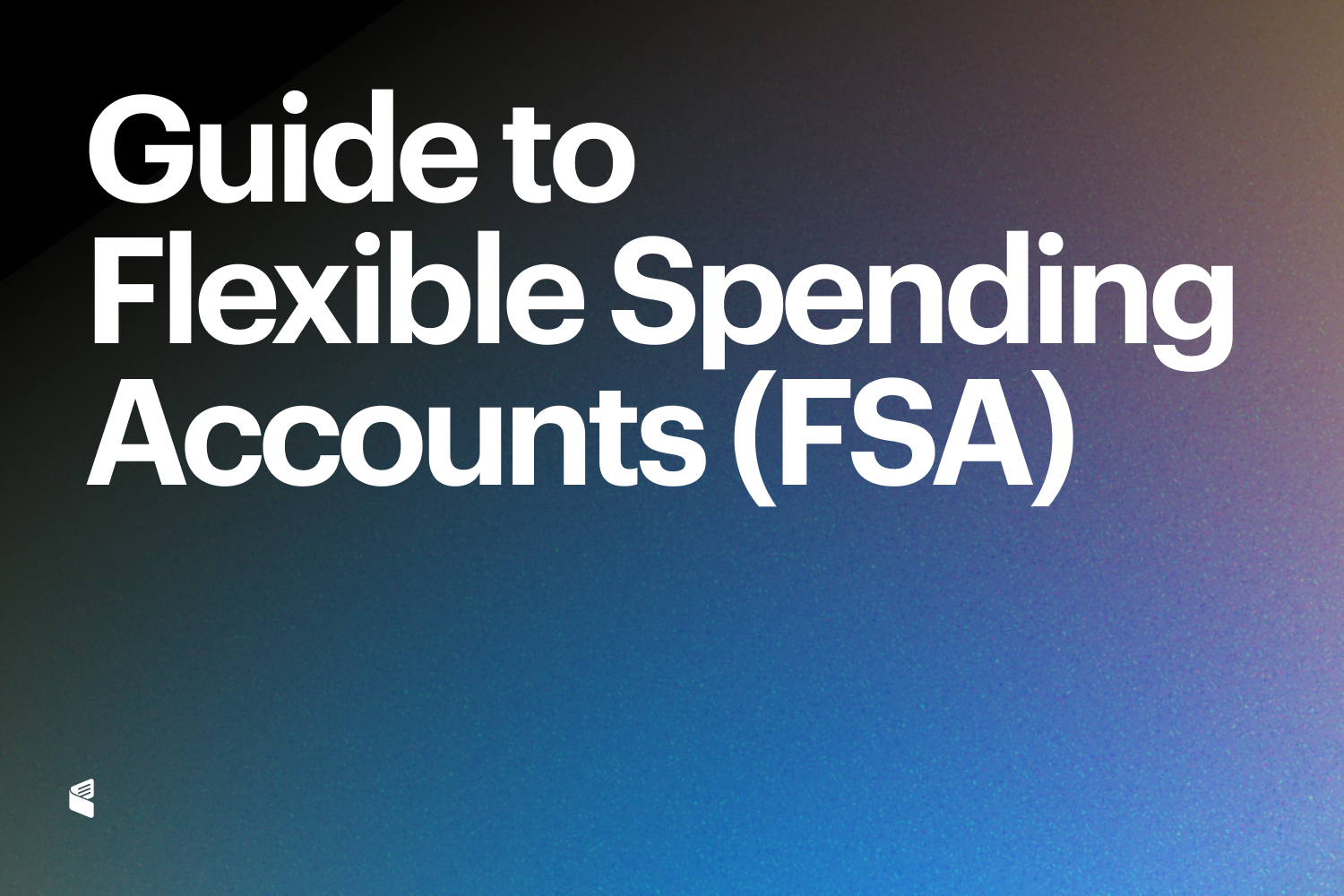Automatic Opt-in Increases Benefits Utilization and Why That’s Good News

Benefits plans that come with automatic opt-in or automatic enrollment make it easier for employees to access their benefits. And the more employees use their benefits, the higher the utilization rate. This is great for employee health and wellness, but small business owners may wonder how high utilization rates affect their benefits budget. Today, we’ll look at the dark side of high utilization rates with traditional benefits programs, how small businesses can increase benefits utilization rates without increasing costs and why an automatic opt-in process is the right way to set up your benefits program.The dark side of high utilization rates for traditional benefits plansWith traditional benefits plans, higher utilization rates often come with higher costs for the employer. The more employees claim, the more the plan costs, and this can put upward pressure on rates at renewal time. This dynamic means the needs of employees and employers are at odds. Companies may be reluctant to encourage employees to fully use their benefits because of the increased costs associated with increased utilization. But this isn’t the right approach to employee benefits programs, especially for companies cultivating a culture of wellness.

The upside to high utilization rates in employee benefits programsCompanies shouldn't be afraid of their benefits plan; after all, it’s meant to benefit their employees. As more employees use their benefits, the utilization rate increases and so does the helpfulness of the program. The more your benefits plan helps your employees, the more they’ll appreciate it and your company—which is why benefits are so essential for small business recruitment and retention programs.Employee benefits plans also contribute to a culture of wellness. But only if your small business promotes your benefits plan consistently throughout the year.This is important because a culture of wellness positively influences how people view their benefits plan. The Sanofi Canada Healthcare Survey 2019 found that in companies that do not have a wellness culture, only 28% of employees believe the quality of their benefits plan is excellent or very good. However, in companies with a wellness culture, 61% of employees believe the quality of their benefits plan is excellent or very good.This cultural difference also applies to how well employees believe their benefits plan meets their needs. Without a wellness culture, only 35% of employees believe their plan meets their needs extremely well. With a wellness culture, 68% of employees believe their plan meets their needs extremely well. What a difference!High utilization rates for benefits help employees get and stay well and can promote a culture of wellness that sets your small business apart when it comes to recruitment and retention. But what about the costs of high utilization?

How small businesses can increase benefits utilization rates without increasing costs Small business owners can encourage high benefits utilization and keep costs within budget by implementing a simple, flexible and affordable benefits plan that’s based on a flexible spending account. For example, the BeniPlus Benefit Wallet is this type of benefits plan.With a flexible spending account, you determine your annual budget and how many benefit dollars to give employees each year. If you work on the assumption that all employees will maximize their benefit claims, you’ll stay within your budget because the number of benefit dollars and the administration fees are already part of your annual calculation.Three ways to increase benefits utilization without increasing costs:
- Choose a benefits plan based on a flexible spending account. These plans aren’t subject to monthly premiums and annual rate hikes and how much you spend as the small business owner is always up to you.
- Promote your benefits program regularly and often. This could include putting benefits information on pay-stubs, hosting wellness events and reminding employees about the benefits plan at team meetings and events.
- Choose an automatic opt-in process for benefits enrollment. With this process, there are no barriers to joining the program which makes employees more likely to use it.
If you’d like to provide an affordable benefits plan that you can enthusiastically encourage your employees to use all year round, the flexible spending account model is the way to go.

Why an automatic opt-in process is the right way to set up your benefits planJames Clear, author of the New York Times bestseller Atomic Habits, says in his article Motivation is Overvalued. Environment Often Matters More, “Environment is the invisible hand that shapes human behavior. We tend to believe our habits are a product of our motivation, talent, and effort. Certainly, these qualities matter. But the surprising thing is, especially over a long time period, your personal characteristics tend to get overpowered by your environment.”What this means for benefits plans is that even when people want benefits, some employees won’t opt-in simply because the administrative barrier is too big. Even if it only takes 10 minutes to sign up, the mind complicates the issue because signing up is intertwined with the question about whether to sign up in the first place. This doubt causes employees to postpone action, and that can easily mean months without the benefit of benefits.Automatic opt-in processes take away the decision-making hurdle and reduce the administrative burden on employees. Work with your benefits provider so that employees simply need to complete their registration process, instead of initiating it. For example, at BeniPlus, we collect the information we need to set up all your employees with benefits. After that, we invite your employees to complete the process by choosing how to allocate their benefit dollars. If an employee wants to opt-out of benefits, they don’t need to do anything; they can simply ignore the completion process and not use their benefits.

Case study: What benefits plans can learn from automatic opt-ins for pension contributions The pension industry has studied the effect of automatic enrollment on retirement savings for decades. According to the Social Research and Demonstration Corporation’s paper, Challenges to Canada’s Retirement Income System: Simplified Enrollment in Retirement Savings Plans, “Automatic enrollment plans have proved to be quite successful in increasing participation.”This same paper reports that even back in 2001, a large U.S. organization found that “participation rates [in 401k plans] jumped from 37 per cent to 86 per cent for new hires after automatic enrollment was introduced.”In 2012, the United Kingdom mandated automatic opt-ins of three percent for workplace pension contributions. This legislation allowed employees to opt out or reduce the contribution percentage if they couldn’t afford the standard amount. In the last seven years, nine million people joined their workplace pension plans. In 2019, the automatic contribution rate increased from three percent to five percent, but opt-out rates didn’t spike as expected.[1] This is the power of the path of least resistance.There are countless stories like this in the pensions industry. When companies design processes so that the right choice is the easiest choice, employees will reap the rewards of the right choice. That’s why we’re so convinced automatic enrollment is the right thing to do for employee benefits plans too.Setting up your benefits plan to automatically enroll all your eligible employees is a great way to help your employees make the most out of their benefits plan and cultivate a culture of wellness in your small business. We’re here to help you give your employees the benefits they want at a price you can afford.Take 10 minutes today to get a quote for our simple, flexible and affordable employee benefits program.
Build your plan for free
Get started today by building your plan. No upfront payments. No long-term commitments. Entirely pay-as-you-go. You won't incur any costs until your team submits a claim.





